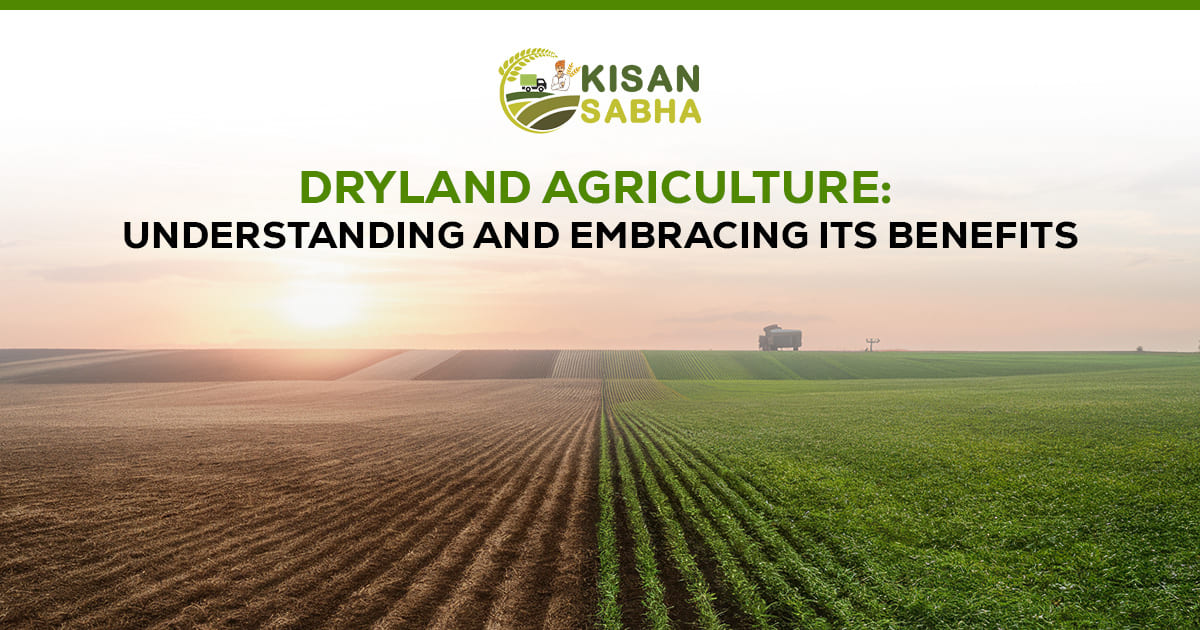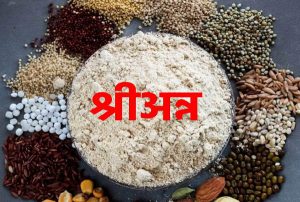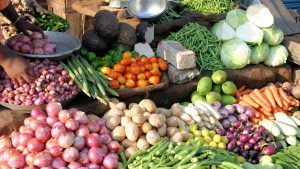Dryland agriculture, also known as rain-fed or dry farming, refers to agricultural practices that rely solely on natural precipitation for crop growth, without the aid of irrigation systems. It is prevalent in regions with limited access to water resources, where rainfall could be more stable and reliable. Despite its challenges, dryland agriculture has sustained communities for centuries and has evolved to become a viable and sustainable farming method. In this article, we will explore what dryland agriculture entails, understand its benefits, and delve into its importance in a world facing increasing water scarcity and climate change.
Understanding Dryland Agriculture
Dryland agriculture is characterized by its ability to adapt to arid and semi-arid environments where water availability is scarce and unpredictable. In such regions, farmers must contend with long periods of drought and limited soil moisture. Consequently, they employ specialized techniques and crop varieties to maximize productivity with minimal water resources.
Key features of dryland agriculture include:
a. Crop Selection: Farmers carefully select drought-tolerant crop varieties that can withstand prolonged dry spells and thrive in low-moisture conditions.
b. Soil Conservation: Implementing soil conservation techniques, such as contour plowing, mulching, and terracing, helps prevent soil erosion and retain moisture for plant growth.
c. Water Management: Dryland farmers use rainwater harvesting and water storage methods to capture and store rainwater during the wet season for use during dry periods.
d. Efficient Farming Practices: Techniques like no-till farming, intercropping, and crop rotation are used to optimize soil fertility and water utilization.
Benefits of Dryland Agriculture
While dryland agriculture presents unique challenges, it offers several benefits that make it a valuable and sustainable farming method:
a. Sustainable Resource Management: Dryland agriculture relies on natural precipitation and employs sustainable farming practices to conserve water resources and soil health. This approach reduces the pressure on local ecosystems and promotes long-term environmental sustainability.
b. Reduced Water Usage: Unlike irrigated agriculture, dryland farming does not require significant water inputs, making it less dependent on water availability. This benefit is particularly crucial in areas facing water scarcity and limited access to irrigation facilities.
c. Lower Costs: Since dryland farming does not involve irrigation infrastructure, it incurs lower operational costs, making it an attractive option for small-scale and resource-limited farmers.
d. Climate Resilience: Dryland farmers develop expertise in managing variable climate conditions, allowing them to adapt to changing weather patterns and mitigate risks associated with climate change.
e. Diverse Crop Selection: Dryland agriculture encourages the cultivation of a diverse range of drought-resistant crops, increasing crop resilience and enhancing food security in challenging environments.
f. Minimal Environmental Impact: With fewer irrigation needs and a focus on sustainable practices, dryland agriculture has a reduced environmental footprint compared to some intensive farming methods.
Challenges and Strategies
Despite its benefits, dryland agriculture faces several challenges, including:
a. Water Scarcity: Unpredictable and limited rainfall poses a significant challenge to dryland farmers, necessitating water-efficient farming techniques and rainwater harvesting.
b. Soil Degradation: Prolonged dry spells and poor soil management can lead to soil degradation and reduced agricultural productivity. Implementing soil conservation practices is essential to combat this issue.
c. Climate Variability: Dryland agriculture must cope with the uncertainties of climate variability and adapt farming practices accordingly.
To address these challenges and maximize the benefits of dryland agriculture, several strategies can be adopted:
i. Crop Selection: Choosing drought-tolerant and climate-adapted crop varieties ensures better productivity even in challenging conditions.
ii. Water Conservation: Rainwater harvesting and micro-irrigation techniques can help conserve water for use during dry periods.
iii. Agroforestry: Introducing trees and shrubs in the farming system can improve water infiltration and enhance soil fertility.
iv. Research and Education: Continued research on dryland agriculture practices and education for farmers on sustainable techniques can improve farming outcomes.
Also Read:- Why Farmers Need Agricultural Machinery’s Support?
Conclusion
Dryland agriculture is a vital and sustainable farming method in regions with limited water resources and erratic rainfall patterns. With its focus on resource management, water efficiency, and soil conservation, dryland farming offers several benefits, including reduced environmental impact and increased climate resilience. As the world faces water scarcity and climate change, the importance of dryland agriculture in enhancing food security and empowering rural communities cannot be understated. By embracing innovative practices and adopting strategies to overcome challenges, dryland farmers can continue to thrive and contribute to global agricultural sustainability.




